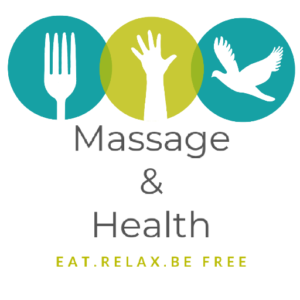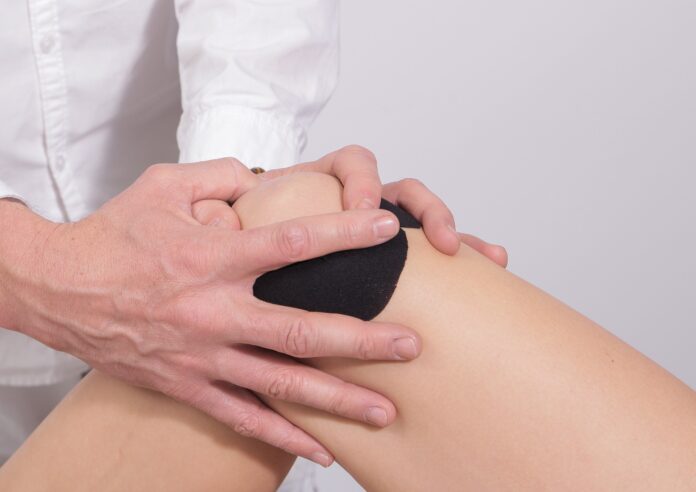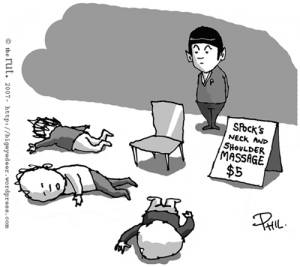A brief overview
Russian massage therapy is very similar to traditional Swedish massage. During a session, the client lies on the table and the therapist stands above him to perform the strokes. The client is unclothed, and the massage is performed directly on the skin, with the aid of oil. The Associated Bodywork and Massage Professionals notes that Russian massage can get deeper than the traditional Swedish variation and is considered a type of sports massage. Russian massage can be received for those suffering from an injury, have an illness, sore/stiff muscles with little or reduced mobility, or just want to promote general well-being.You don’t need to be an “athlete” to receive the healing benefits of this modality. The Encyclopedia of Alternative Medicine also notes that Russian massage can help to reduce muscle aches and pain associated with certain disorders used to soothe pain associated with arthritis, carpel tunnel issues, sprains, strains, rotator cuff, low back and other muscle injuries.
Un-like other massage therapies, Russian massage is based on the physiology of a dysfunction rather than on anatomy as the principal guideline for treatment.
There are three main phases to a Russian massage and these apply to all patients. Only the specifics of each massage will be different depending on the needs of the individual.
The first phase is the slow, gentle phase. The therapist applies gentle massage techniques (effleurage) to the body, preparing it for deeper work. This phase is important for the muscles to rest and the body be placed in a great state of relaxation. It decreases activity of the central nervous system, speeds blood flow and lymph, reduces edema, lowers heart rate, systolic blood pressure and lowers respiratory rate, etc.
The second phase involves faster, deeper, and harder movements to the body by the therapist. This is the part of the massage that has the most therapeutic effects. It is also the most active phase as it involves intense manipulation of the body muscles to relieve tension and pain. Deep, non-gliding petrissage incorporates pulling and pressing of muscle tissue which increases flexibility, range of motion and tone, speeds waste removal speeding tissue regeneration, just to name a few. It also raises body core temperature and metabolism.
The friction techniques used during the session will help to break up scar tissue and adhesions that limit mobility. FACT: Each increase of 2 degrees F increases local metabolism by 13% and cellular oxygen uptake by 20%!
Finally, there is the third stage during which the therapist switches back to the gentler, slower techniques. The slow movements are used to complete the session and to promote relaxation once again.
All three stages are very important for the effectiveness of the massage. If the body is not warmed-up and relaxed before the deep manipulation of the muscle tissue, it will not produce healing results as well. Just the same, if the body is not relaxed after the massage has been performed, then it won’t accept the therapy as well and may become tense or sore.
The actual massage techniques used throughout the three stages include stretching, gliding/non-gliding, kneading, pressing/pulling, vibration, friction and percussion. The amount of pressure applied during these techniques depends on the patient’s body state and comfort level. The application of techniques will differ from person to person and the depth of the pressure ranges from light, to medium, to deep.
Russian massage techniques are wonderful for rehabilitating the body back to a healthy stage. More movement, less pain with long term benefits. You’ll love russian massage!





